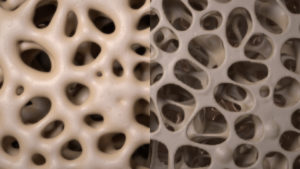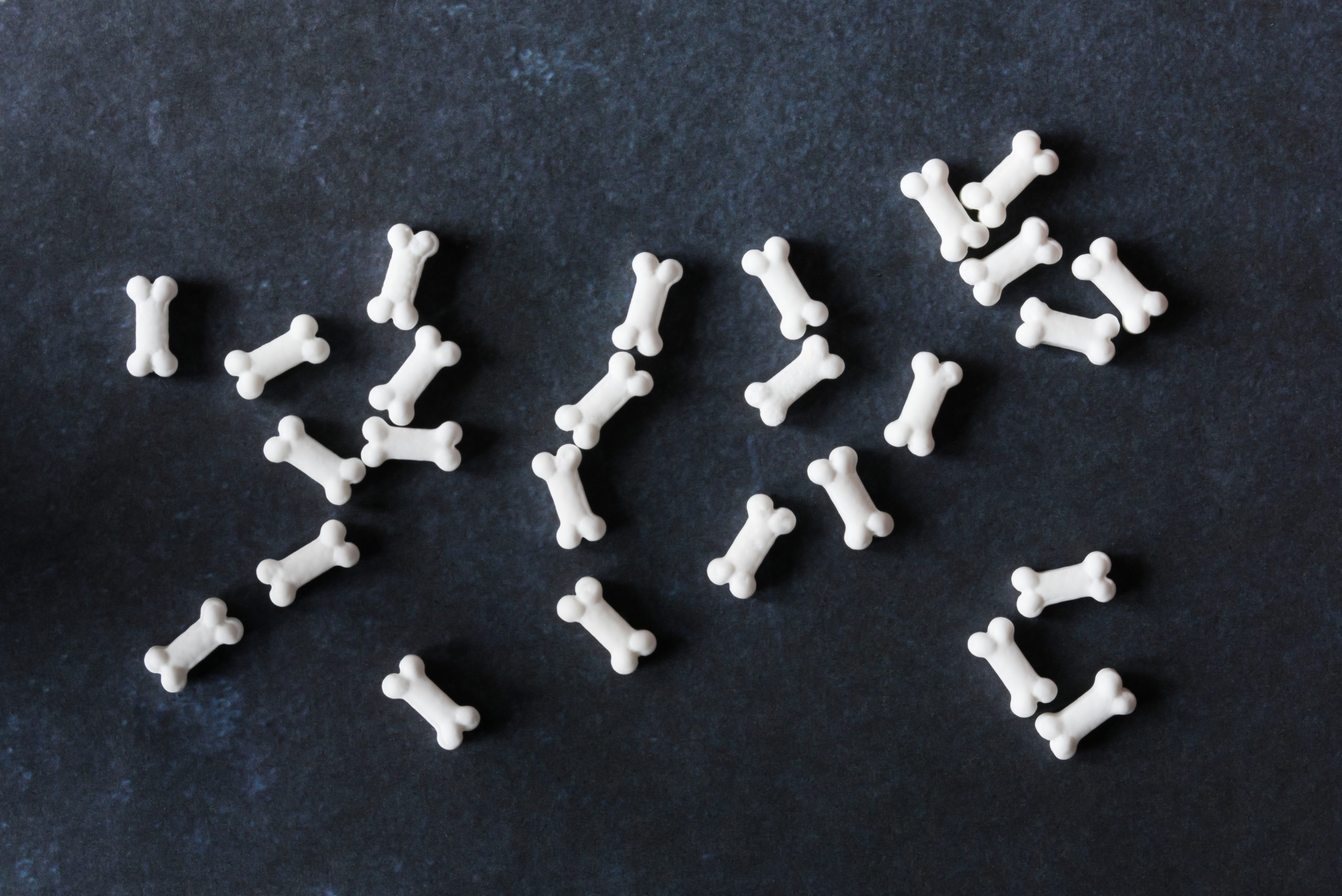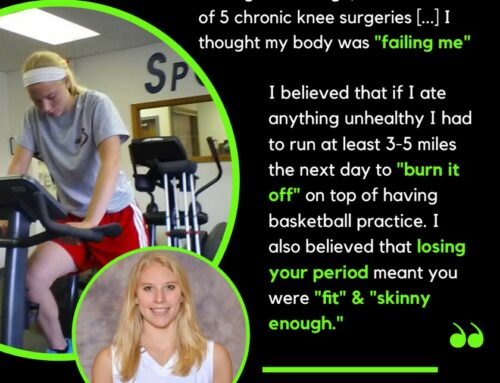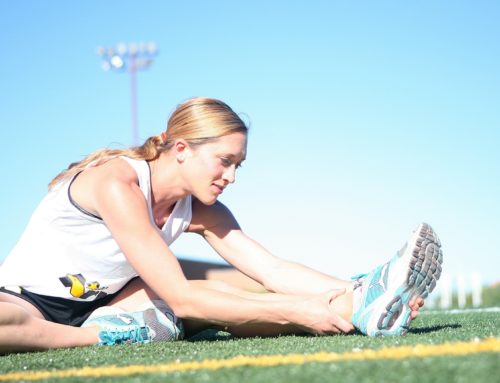Exercising individuals with the Female and Male Athlete Triad (Triad) often dismiss the significant impact undereating has on bone health. Bone loss is an invisible (yet severe) threat to our health, impacting not only an athlete’s training and performance, but potentially leading to detrimental consequences years down the road. When chronic energy deficiency is left unmanaged, the athlete could be at risk for osteoporosis, the most severe bone outcome of the Triad.
Take Bobby Clay for example…
Bobby Clay was an upcoming Olympic track and field star and considered one of Britain’s finest, winning multiple national titles at only 15 years old. Yet, her dreams of becoming an Olympian came to a halt when she was diagnosed with osteoporosis at age 18. With the pressures of becoming a top-notch athlete, she found herself overtraining and undereating. Over time, her bones continued to deteriorate to the point of fracture, when she finally decided to seek help. Unfortunately, her results indicated osteoporosis in her hips and her spine.
Osteoporosis
A disease in which the density and quality of bone is diminished, which in some cases can result from the low estrogen (an important hormone for maintaining bone), due to inadequate energy availability, or energy deficiency. Severe consequences of this disease include increased fracture risk, chronic pain, reduced mobility, functional long-term limitation, loss of independent living and an overall reduced quality of life. Importantly, osteoporosis can impact young exercising individuals in cases where chronic energy deficiency is left unchecked.

Images of normal bone (left) compared to osteoporotic bone (right).
In light of this personal tragedy, Bobby saw an opportunity to change. She did not allow this disease to take away from all of her dreams and aspirations to be the very best athlete she could be. She now trains and competes as a cyclist, until she can get back to running. In an interview for the Olympic Channel, Bobby spreads important messages to young athletes:
”Listen to other people. Other people from the outside can look without a skewed or bias view and it’s very easy to get trapped like I did and caught up in your own brain, which is constantly telling you need to do more. When it’s people you love telling you things, they’re telling you because they love you.”
Getting Help
If any of these risk factors below sound like you, or someone you know please seek a medical professional and sports nutritionist as soon as possible. Visit the Find a Physician tab to search for Triad Specialists near you. Please keep in mind that an ideal course of treatment involves getting the to root cause of the problem, energy deficiency. Hormone replacement therapy is not recommended, as this may give the mask the underlying causes of menstrual disturbances (energy deficiency) which impact estrogen status.




